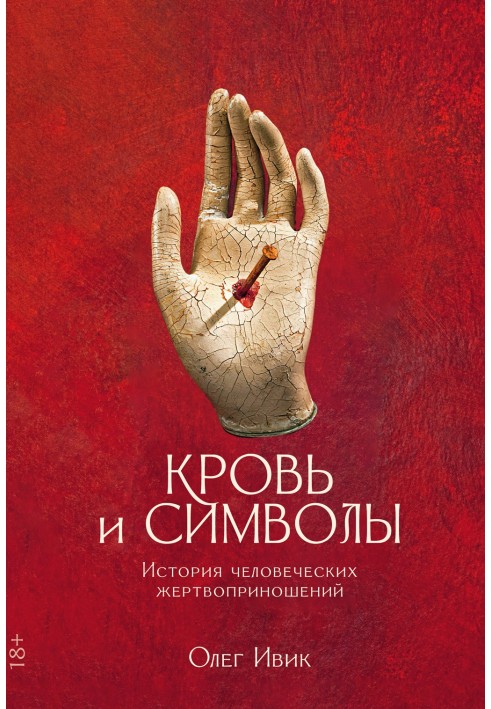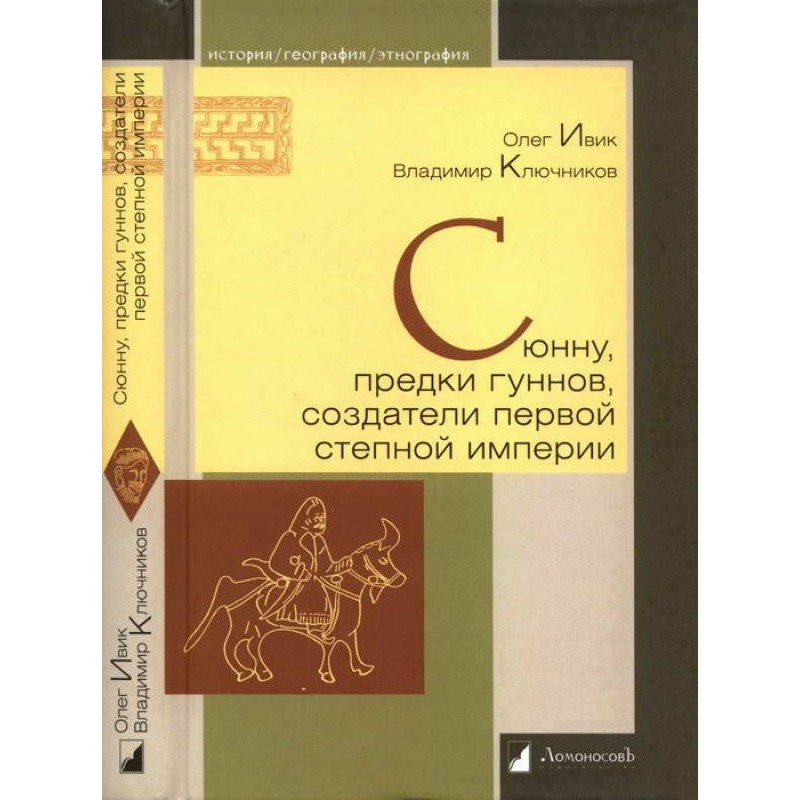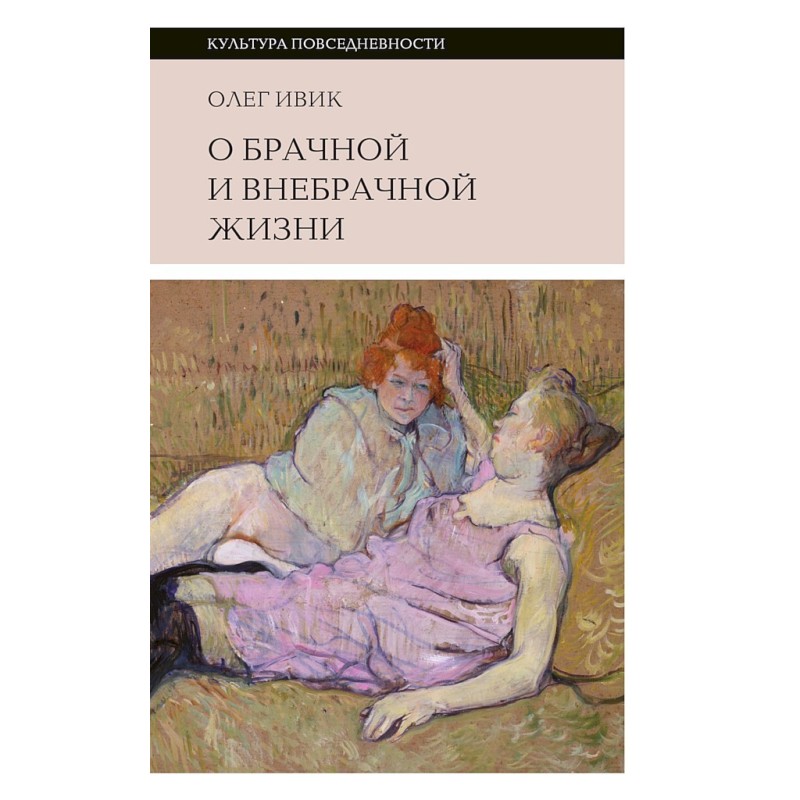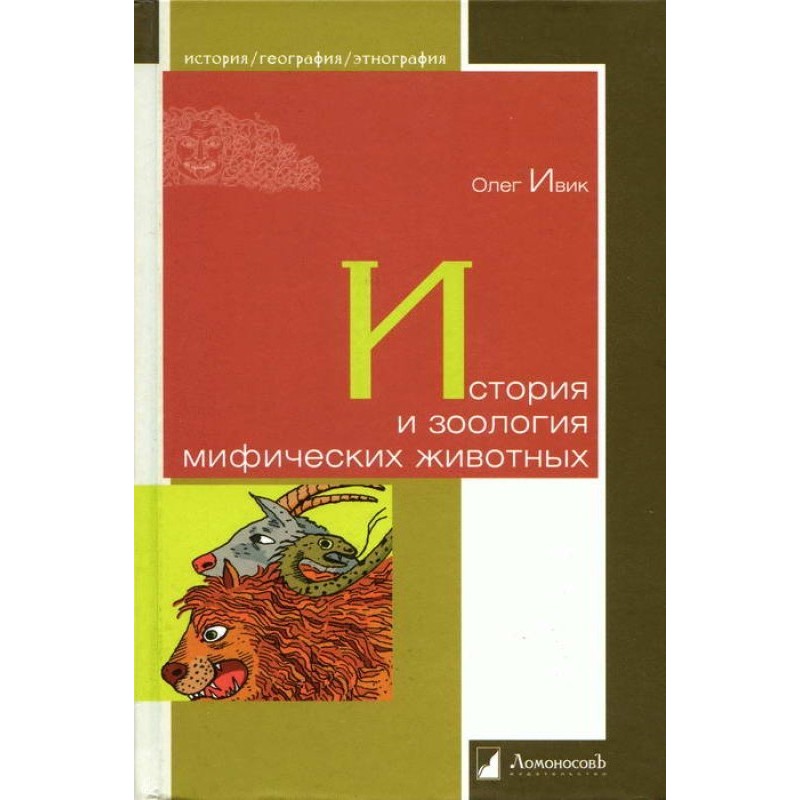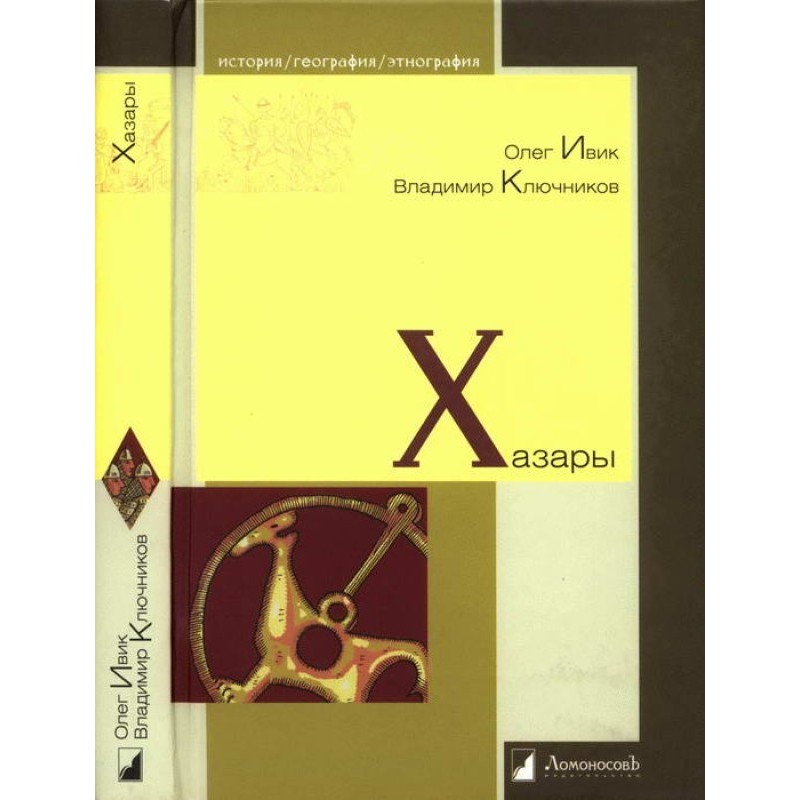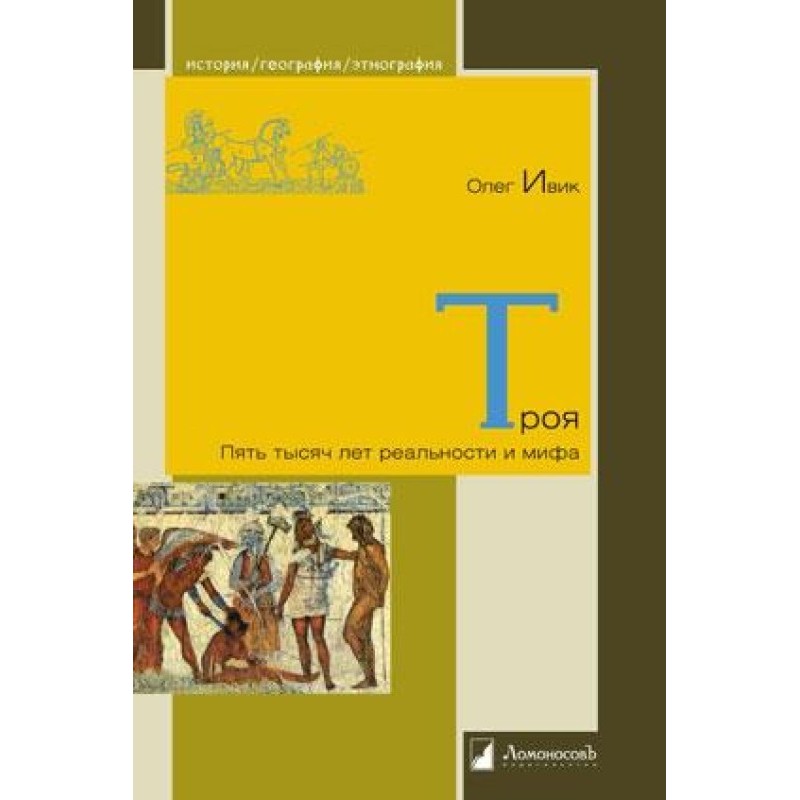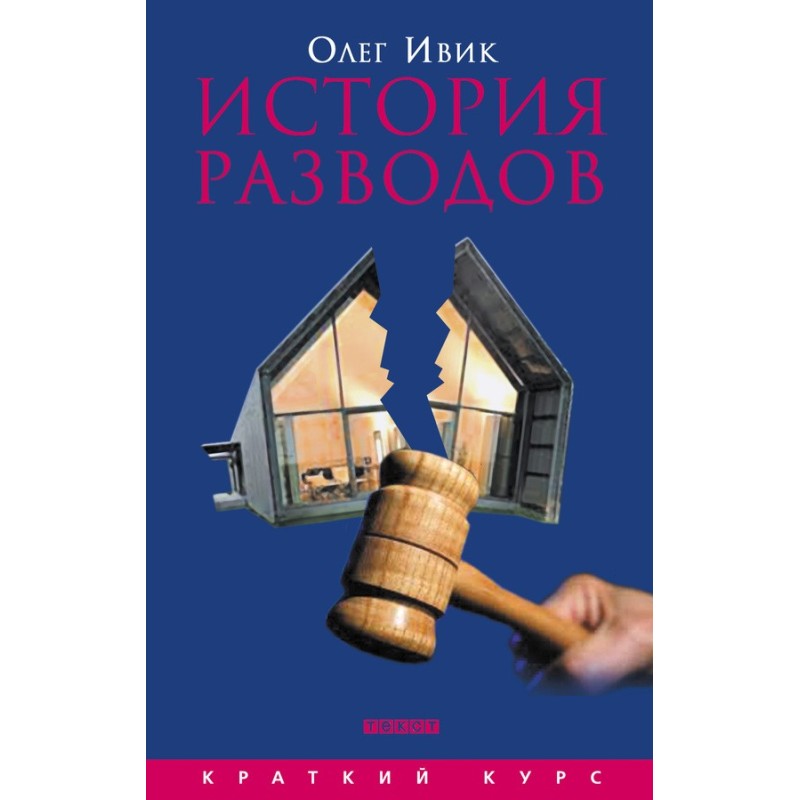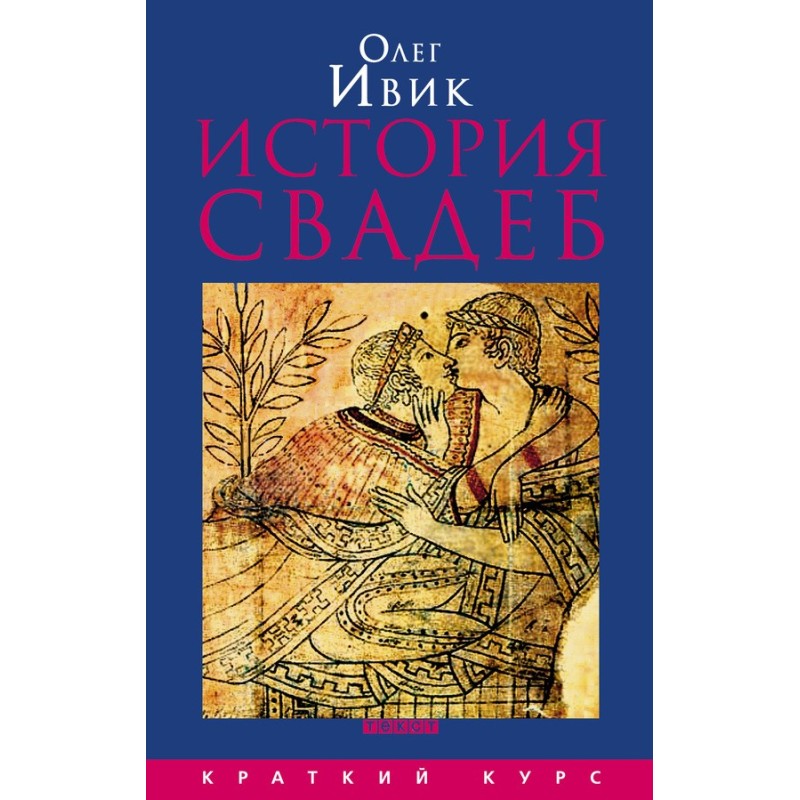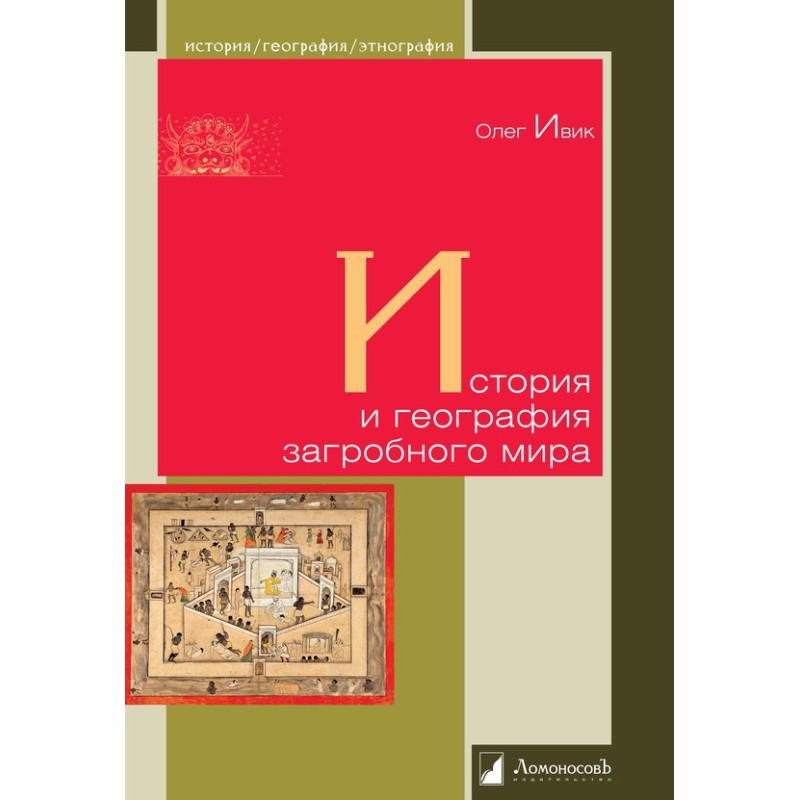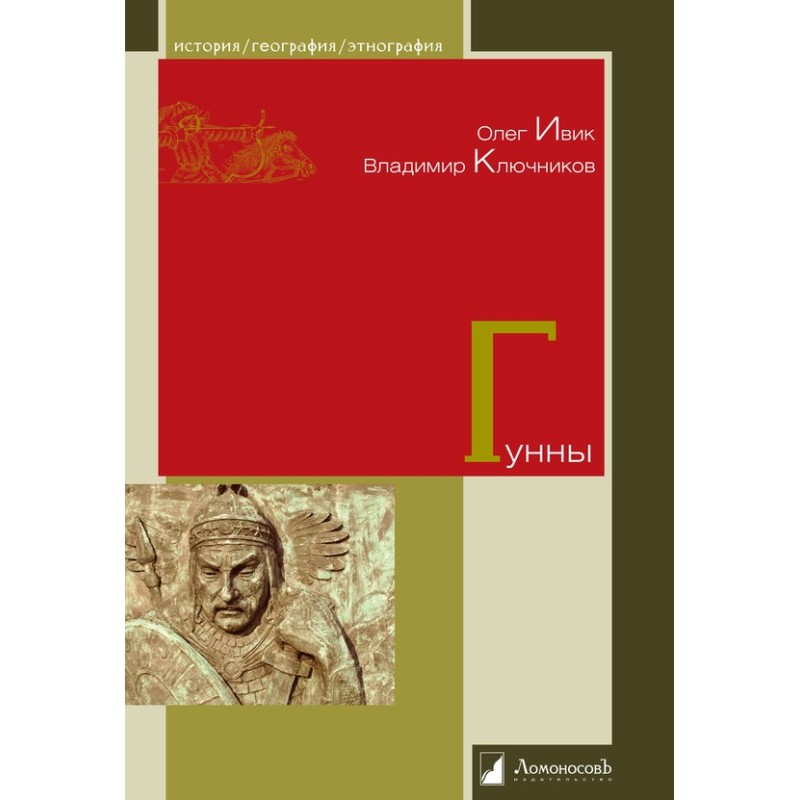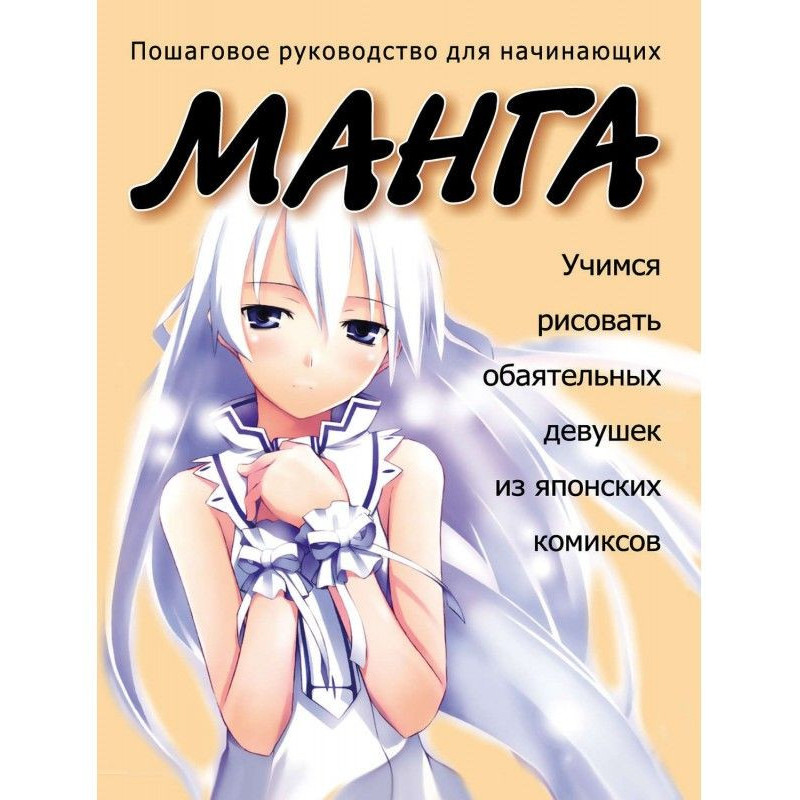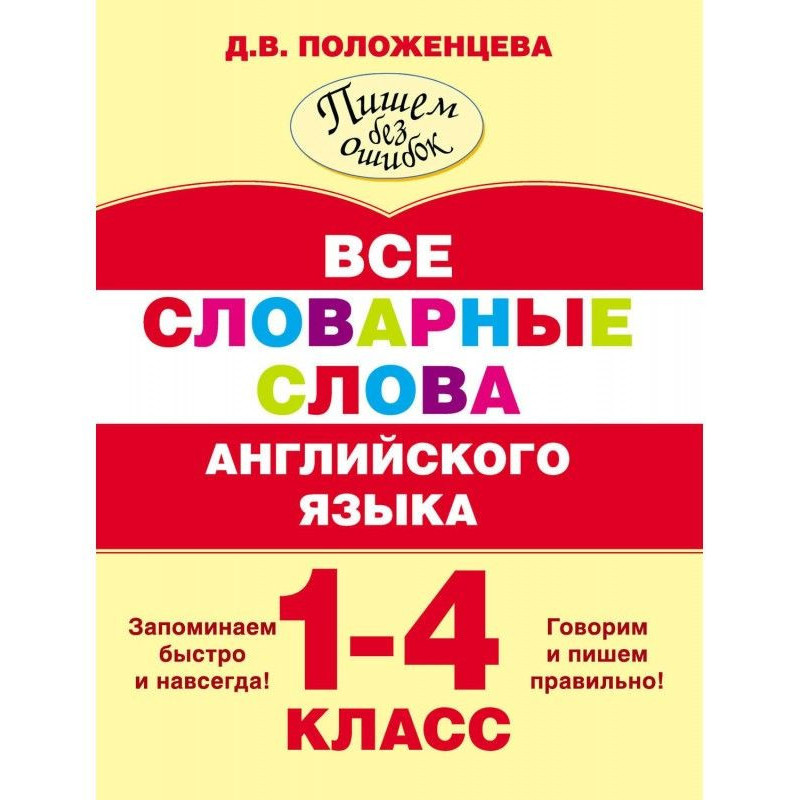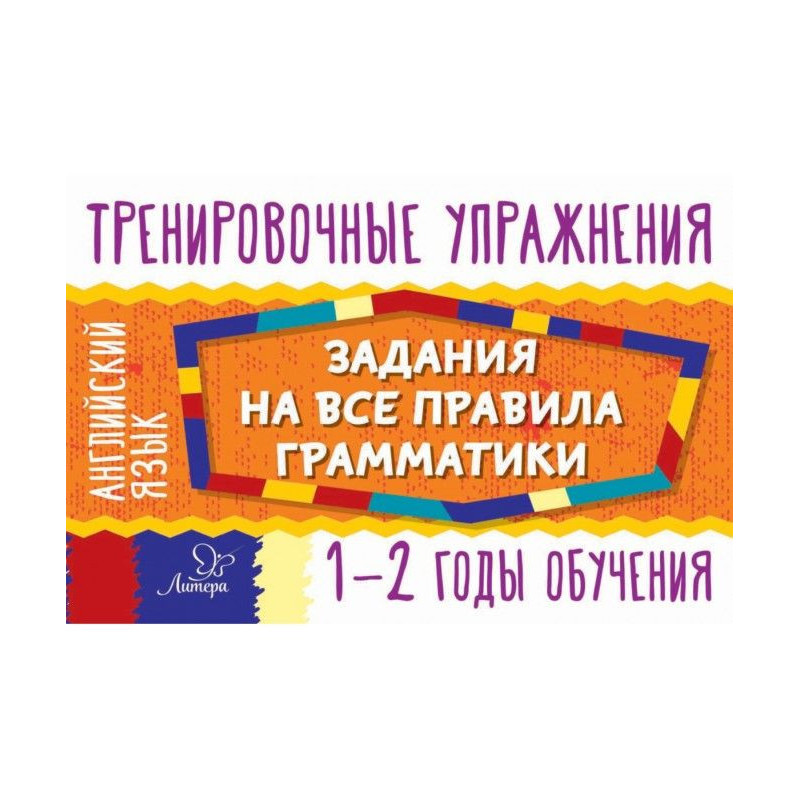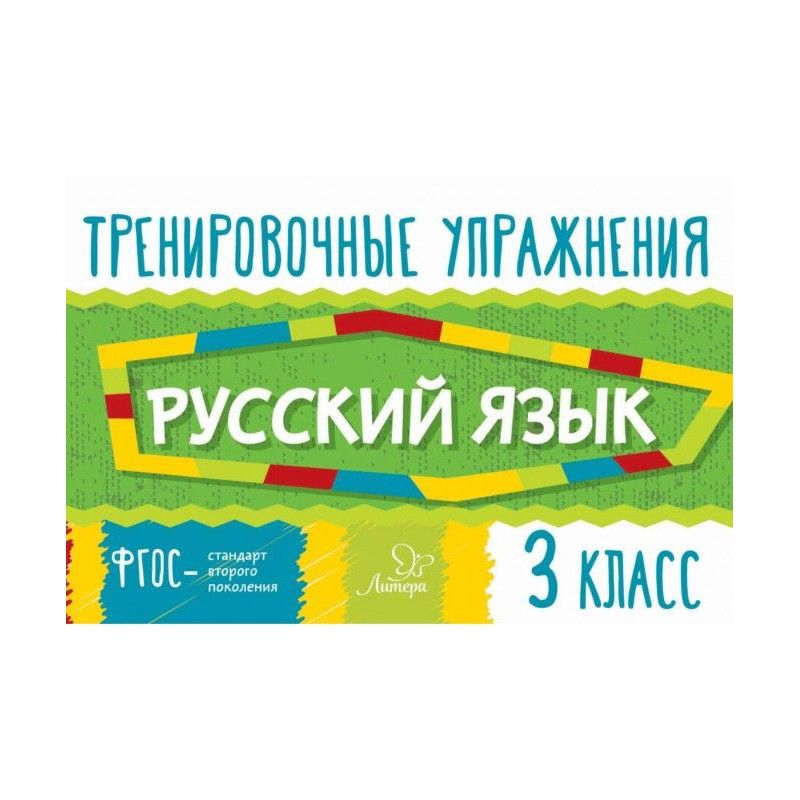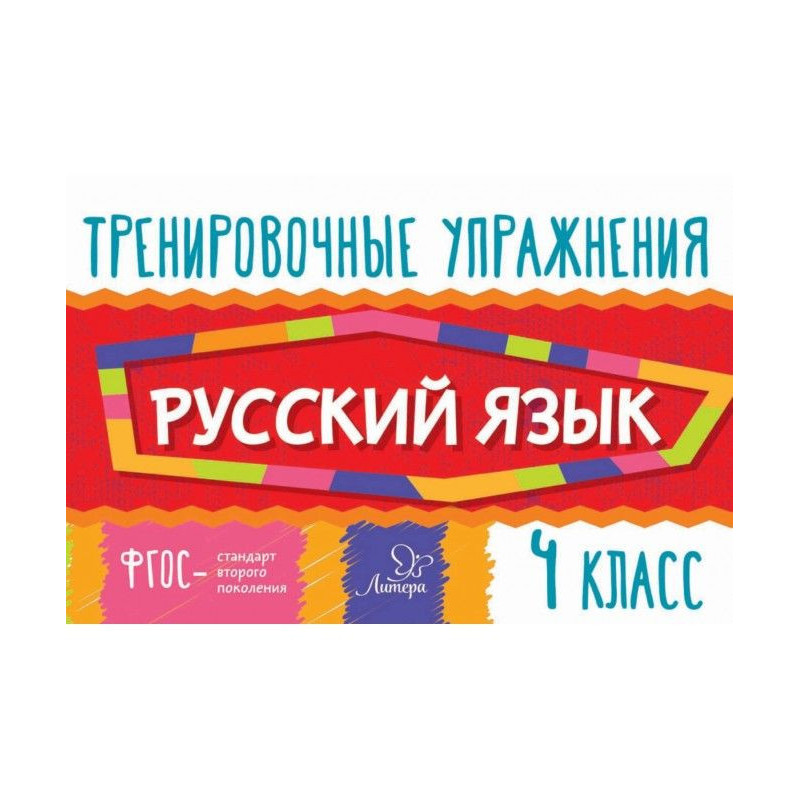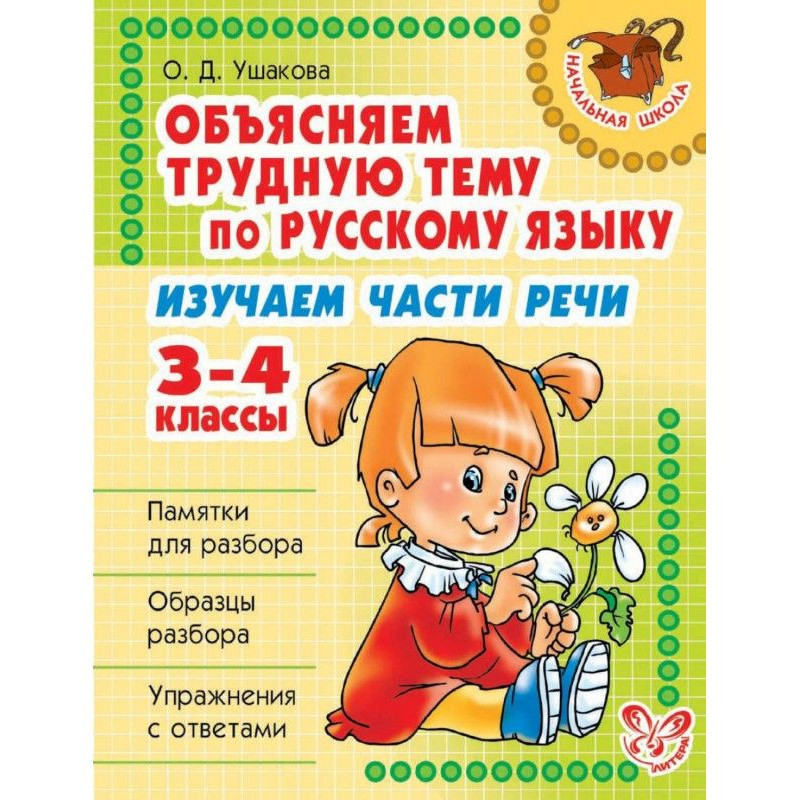Blood and symbols. History of human sacrifice
 Instant download
Instant download
after payment (24/7)
 Wide range of formats
Wide range of formats
(for all gadgets)
 Full book
Full book
(including for Apple and Android)
An overview of the tradition of human sacrifice, the roots of which go back to ancient times, and numerous echoes in the form of various kinds of bloodless rituals are preserved to this day. For those readers who want to tickle their nerves with bloody scenes, the authors immediately warn that they tried to reduce the description of cruelty to minimum. Yes, and the sacrifices were not always bloody. In many religions of the world, for example, traditions of dedicating living people to the gods are known, who continued to live and thrive, but already being the “property” or “spouse” of the deity. Archaeologists easily relate to the attributes of death, and at excavations it is not uncommon for people who at the same time clean the skeleton and eat an apple. And yet, it’s one thing to see in front of you the remains of a man who was carefully equipped for his last journey by his loved ones, and quite another thing to see a man who was mercilessly killed in the name of an unknown and now forgotten religion on this very spot thousands of years ago. The authors saw the goal as showing the connection between human sacrifices and the spiritual and cultural development of human communities; to trace how, over thousands of years, humanity slowly but surely walked along the path of replacing bloody rituals with spiritual ones. And how, finally, it was precisely the failed human sacrifice - Abraham’s slaughter of his son Isaac - that formed the foundation of three great religions: Judaism, Christianity and Islam...King Ashoka, in the 3rd century BC. e. who united most of India under his rule, prohibited the use of any living creatures as victims, since he was an active preacher of Buddhism... Ashoka not only stopped blood sacrifices, but also compiled a list of protected animals... Ashoka built hospitals, free hotels and schools, and prohibited the use of people at forced labor. He created something like an institution of human rights activists called Mahamatras. They monitored compliance with the principles of humanism throughout the country, in particular inspecting prisons.
For whomFor a wide range of adult readers. For everyone who is interested in the history of mankind, the origins of modern beliefs, rituals and traditions.
Data sheet
- Name of the Author
- Олег Ивик
- Language
- Russian
Reviews
Вражаюче дослідження теми, що завжди викликала суперечки!
Книга "Кров та символи" є неймовірно глибоким і продуманим дослідженням традиції людських жертвопринесень, яке охоплює величезний часовий проміжок і різноманітні культури. Автори зуміли не лише представити факти, але й проаналізувати їх значення в контексті духовного та культурного розвитку людства. Читач отримує можливість зрозуміти, як жертвопринесення, спочатку жорстокі та криваві, поступово трансформувалися в безкровні обряди, що свідчить про еволюцію людської свідомості. Особливо вражає розгляд історії Авраама та його сина Ісаака, який став основою для трьох великих релігій, що підкреслює важливість жертвопринесення в релігійному контексті. Книга написана доступною мовою, що робить її зрозумілою для широкого кола читачів, і я б рекомендував її всім, хто цікавиться історією, релігією та культурою. Це не просто книга, а справжній культурний маніфест, що спонукає до роздумів про наше минуле і майбутнє.

